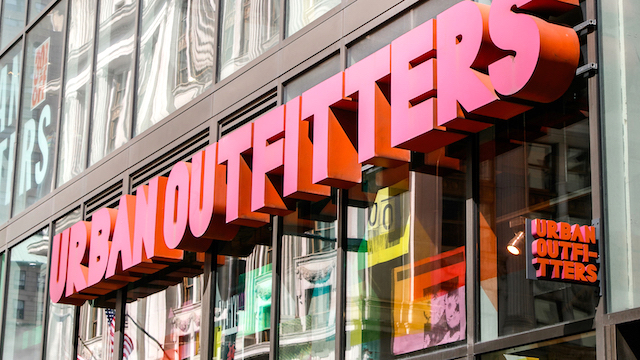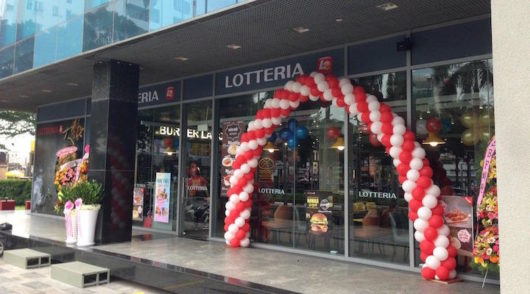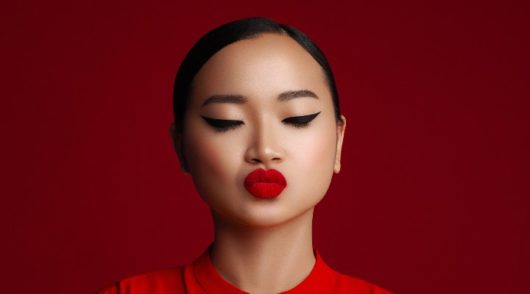While Wall Street cheers the latest Urban Outfitters results for not being quite so bad as forecast, the reality is that this is a lousy set of numbers.
Not only are the results sequentially worse than a pretty dire first quarter, but they also show that many of the initiatives put into play remain a long way from delivering.
The overall sales decline of 2 per cent is poor, although the number would have been materially worse if it wasn’t for a relatively strong wholesale performance where revenues increased by 10 per cent. Outside of this area of advancement, the rest of the group is in a tailspin.
Retail sales were down by a sharp 3.1 per cent on a total basis and by an even worse 5 per cent in comparable terms. Behind this is a dramatic same-store fall of 7.9 per cent at the Urban Outfitters brand, and a 4 per cent dip at Anthropologie. Only Free People managed to generate growth, but the 2.9 per cent uplift proved wholly insufficient to offset the declines in the larger parts of Urban’s business.
If the sales drops weren’t bad enough, they were accompanied by a deterioration of 440 basis points in gross profit. This was mostly thanks to far higher markdown activity, which was necessary to clear down inventory that would not sell at full price. The impact on the bottom line, which was also affected by higher logistics and delivery charges, was a 35.1 per cent tumble in net income.
Urban Outfitters’ management team has often spoken of the challenges in physical retail and the difficulties associated with growing store sales. There is some truth in this assertion and some of the company’s stores are exposed to locations where footfall has been soft. However, the excuse is a distraction from some of the real issues at the company which are mostly around the products.
The blunt truth is that both Urban Outfitters and Anthropologie are firmly off pitch, especially when it comes to apparel. Bluntly put, their collections are decidedly odd and all too frequently look like an art installation rather than saleable merchandise. As much as this wins some fans, it also deters and confuses many more mainstream shoppers. Admittedly there are some good pieces and lines within the jumbled assortment, but finding them is difficult and too much effort for all but the most committed consumers.
This is one of the reasons that online has performed so much better than stores. Certainly, the general direction of travel in retail is more supportive of digital growth, but sorting and sifting through the Urban Outfitters range online to find acceptable items is far easier than doing so in its stores.
Given that apparel is the mainstay of the offer, an ill-defined and mistargeted collection is extremely unhelpful for all of the other things Urban Outfitters and Anthropologie sell. Both brands market themselves as lifestyle destinations, but when the overall brand image is unclear, it is harder to create traction across the whole product mix. Fortunately, some embryonic categories like home remain in growth simply because of their immaturity, but these are falling a long way short of their potential.
Looking ahead, Urban Outfitters has promised more discipline and focus on ranges. Some early signs of this are evident in the latest collections, but there is a long way to go before they are on track and winning back shoppers.
- Anthony Riva is an analyst with GlobalData Retail.Urban Outfitters results ‘lousy’ says analyst






